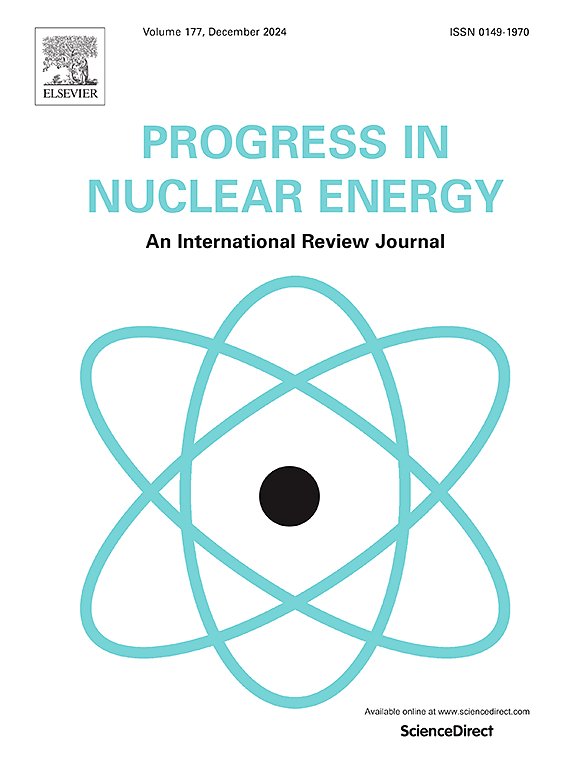Accurately predicting the mass flux, pressure profile, and velocity profile of the critical flow in a slit is essential for analyzing the breaking process of the liquid phase and calculating the aerosol source term for leak-before-break (LBB) monitoring and Loss of Coolant Accident (LOCA) risk analysis. A new critical flow model combining Two-fluid Model (TFM) and Delayed Equilibrium Model (DEM) is built to get accurate profiles while avoiding the same phase velocity in DEM and the arbitrary critical flow criterion in TFM. The new model is verified using past experiments of the critical flow in a slit. It proves to be accurate in mass flux but not in critical pressure, with maximum relative errors of around 25% in mass flux and around 80% in critical pressure. The new model is optimized for higher accuracy in critical pressure. The empirical equation of saturated phase mass flow rate fraction gradient is optimized by conducting approximate pressure profile calculation and regression analysis. The maximum relative error decreases little while the ratio of critical pressure relative errors lying in the range of ±40% increases after optimization. In contrast, the difference in the average abstract relative error of pressure between original TFM-DEM and DEM is much larger, for the maximum relative error of mass flux and critical pressure are around 25% and 110%. The comparison between the original and optimized TFM-DEM proves that the new critical flow model is accurate in mass flux and can be optimized to raise pressure calculation accuracy. The comparison between the original TFM-DEM and DEM proves that the phase velocity difference is the major source of accuracy improvement in the pressure profile.


